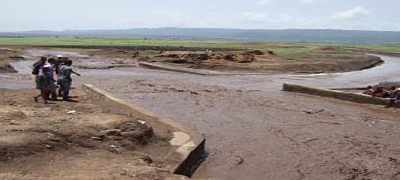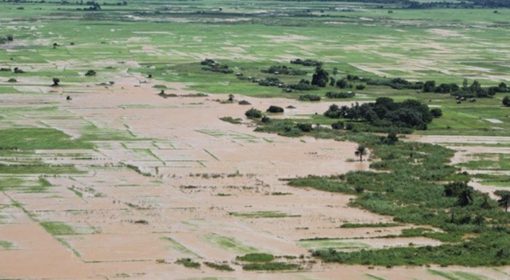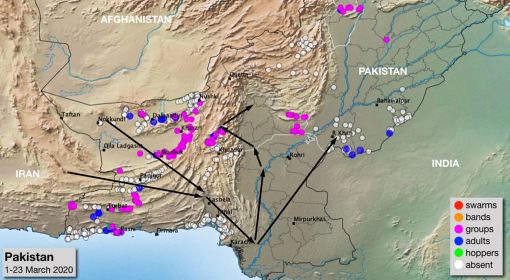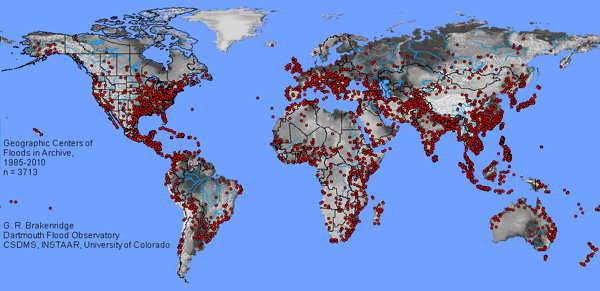
Geographical Incidence of Floods, 1985-2010
As this map suggests, floods are possibly the most common form of natural disaster. If we take a quick look around us right now, we see major flood events in Southern Russia and Central Hubei province in China. In India, heavy monsoon rains have caused massive flooding in the northeast, killing over 120 people so far. Close on the heels of successive dry summers and hosepipe bans, England and Wales have seen a real-time flood alert map go online following “…unseasonable amounts of heavy rain.” Parts of the United States and Japan are also experiencing such extreme events.
July-August is the global high flood season. Historical data brings this out. The following videos capture some ways in which floods affect people and ecosystems:
- The Gathering Storm: Sinking Islands
- Adapting to Climate Change in the Jhelum Basin
- Flood Children of Holdibari
It was around this time of the year that the 2010 Pakistan floods had struck. “In the past, I have seen many natural disasters, but nothing like this… this has been a heart-wrenching day for me,” said UN Secretary General Ban Ki-Moon after visiting the affected areas.
This series of videos, produced by Declan Walsh (The Guardian), The International Committee of the Red Cross and TheWaterChannel, capture some of the many aspects of how affected communities experience such big catastrophes:
In this interview, Naseer Memon from SPO, Pakistan, further details this idea. Drawing from his experiences of flood relief work, he explains how social networks are a critical source of disaster resilience for a society, and how institutions (state/ non-state) can build on them.
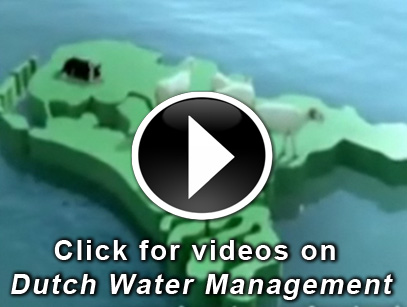 Resilience is defined not only by how well communities can face floods, but also by how well they can manage/control/ minimize them. As a species that has dealt actively with floods since the beginning of recorded history (and indeed mythology), we humans have can boast of some commendable achievements in this direction.
Resilience is defined not only by how well communities can face floods, but also by how well they can manage/control/ minimize them. As a species that has dealt actively with floods since the beginning of recorded history (and indeed mythology), we humans have can boast of some commendable achievements in this direction.
Some societies have been more adept at this than others. The Dutch, for example, are renowned for their expertise in water management. Geographically, Netherlands is very vulnerable to flooding (about 60% of the population lives below the sea level). And yet, through an intricate network of dikes, dams and flood gates, they have been able to defend themselves against storm surges in a manner that the rest of the world looks up to.
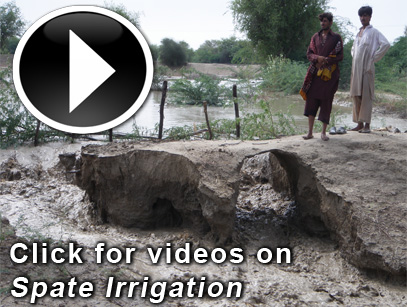 Another source of inspiration are some of the arid/ semi-arid regions of the world. Spate irrigation systems — found in West Asia, North Africa, West Asia, East Africa and parts of Latin America– represent the art and science of managing floods for irrigation, recharging aquifers, sustaining aquatic life and riverine biodiversity.
Another source of inspiration are some of the arid/ semi-arid regions of the world. Spate irrigation systems — found in West Asia, North Africa, West Asia, East Africa and parts of Latin America– represent the art and science of managing floods for irrigation, recharging aquifers, sustaining aquatic life and riverine biodiversity.
There is a strong case for reviving and investing in spate-irrigated farming systems. In an increasingly variable climate and a resource-scarce future, they could be the key to food/ water security.
As floods become more widespread, more frequent and more intense (and as we look for solutions), these examples provide a valuable insight: that embracing floods could be as important as combating them.
{jcomments on}
